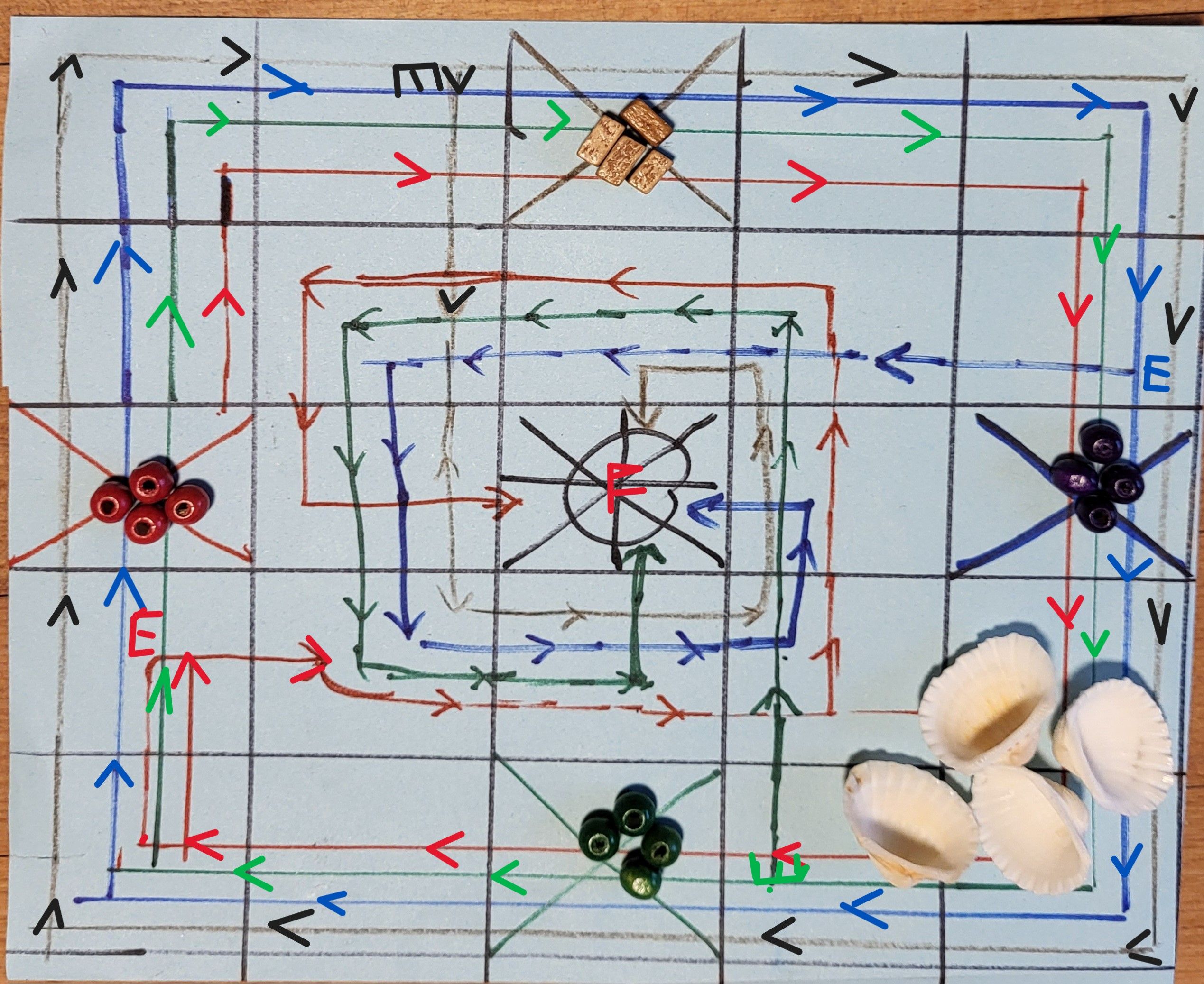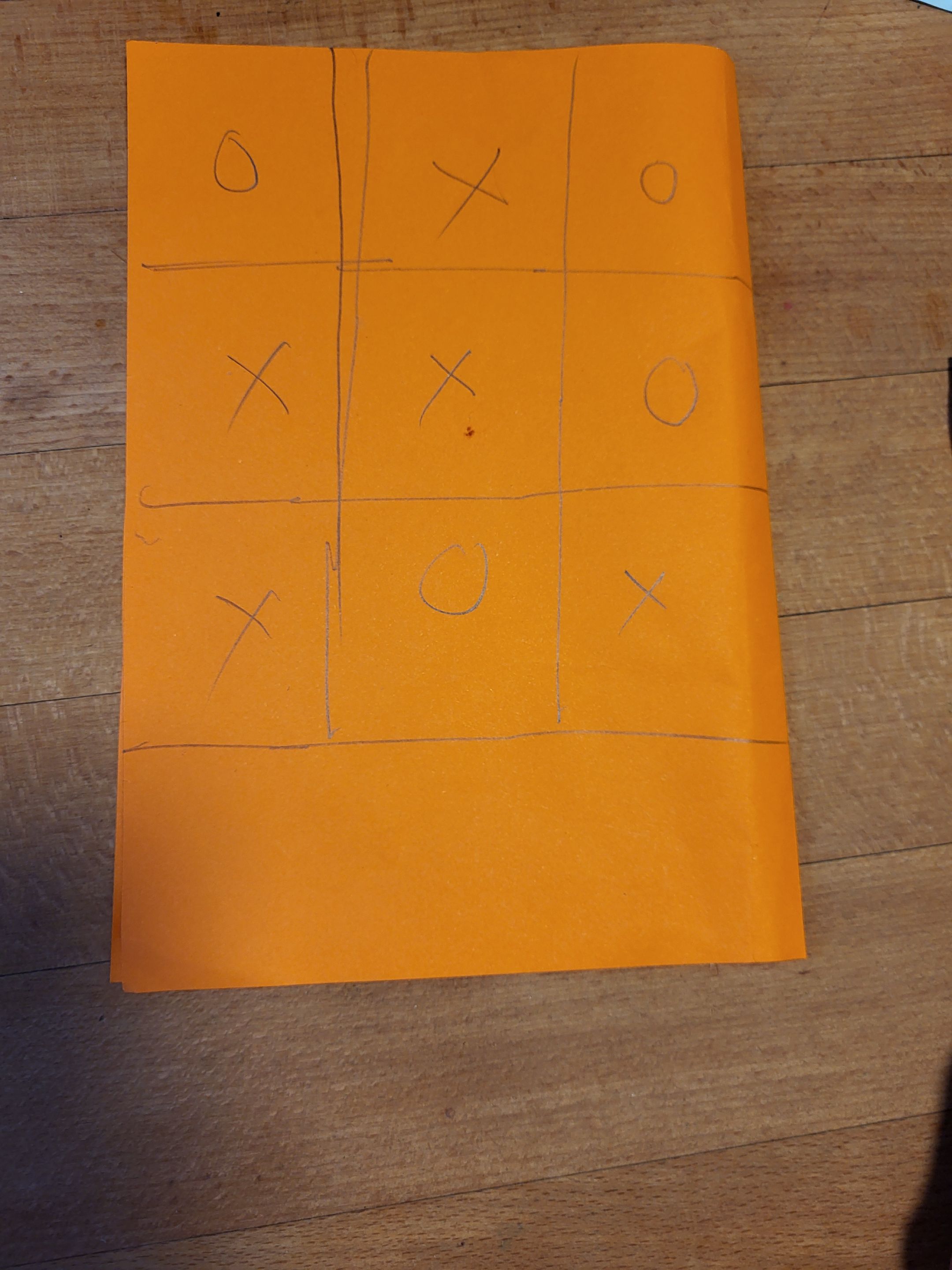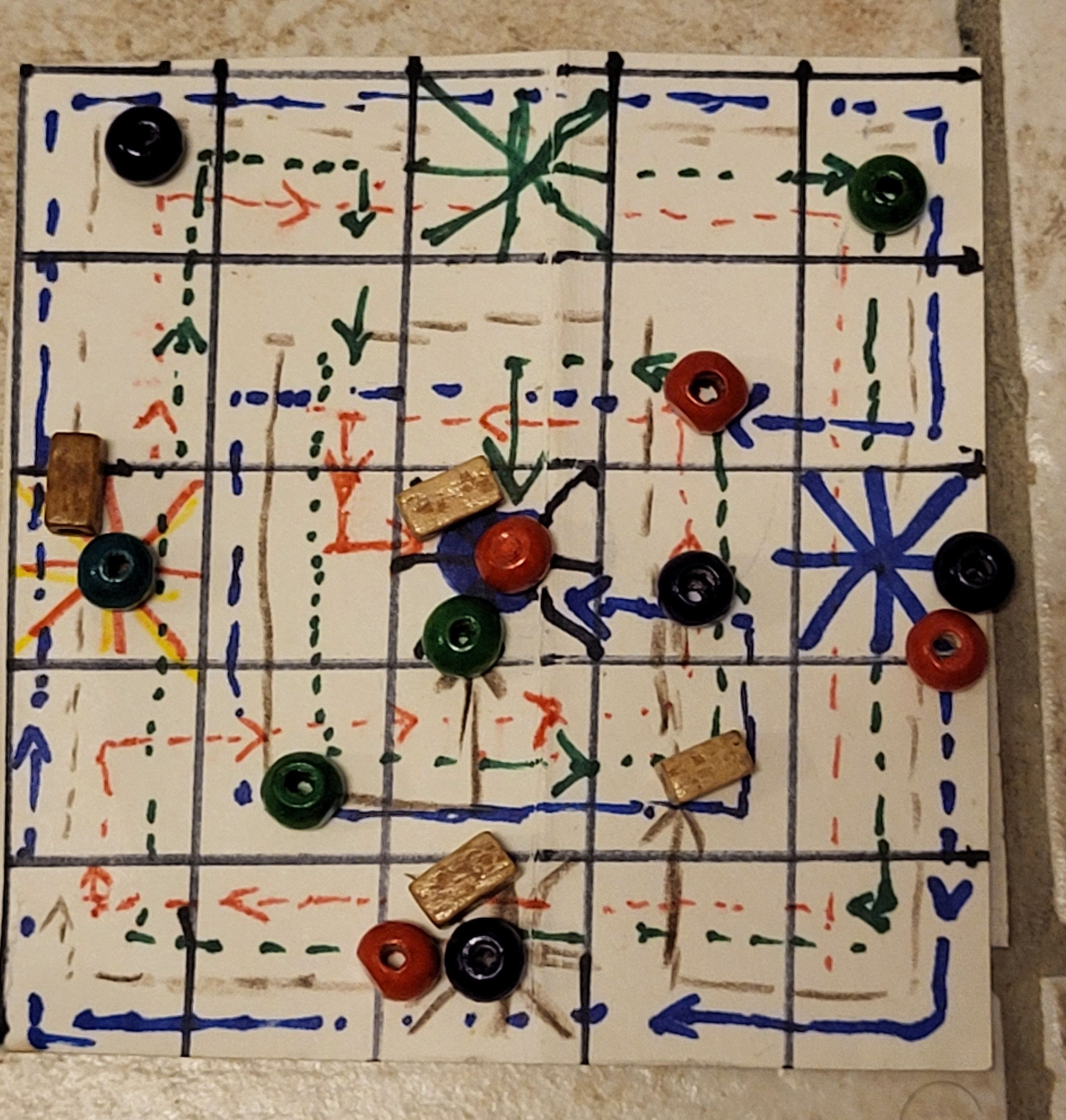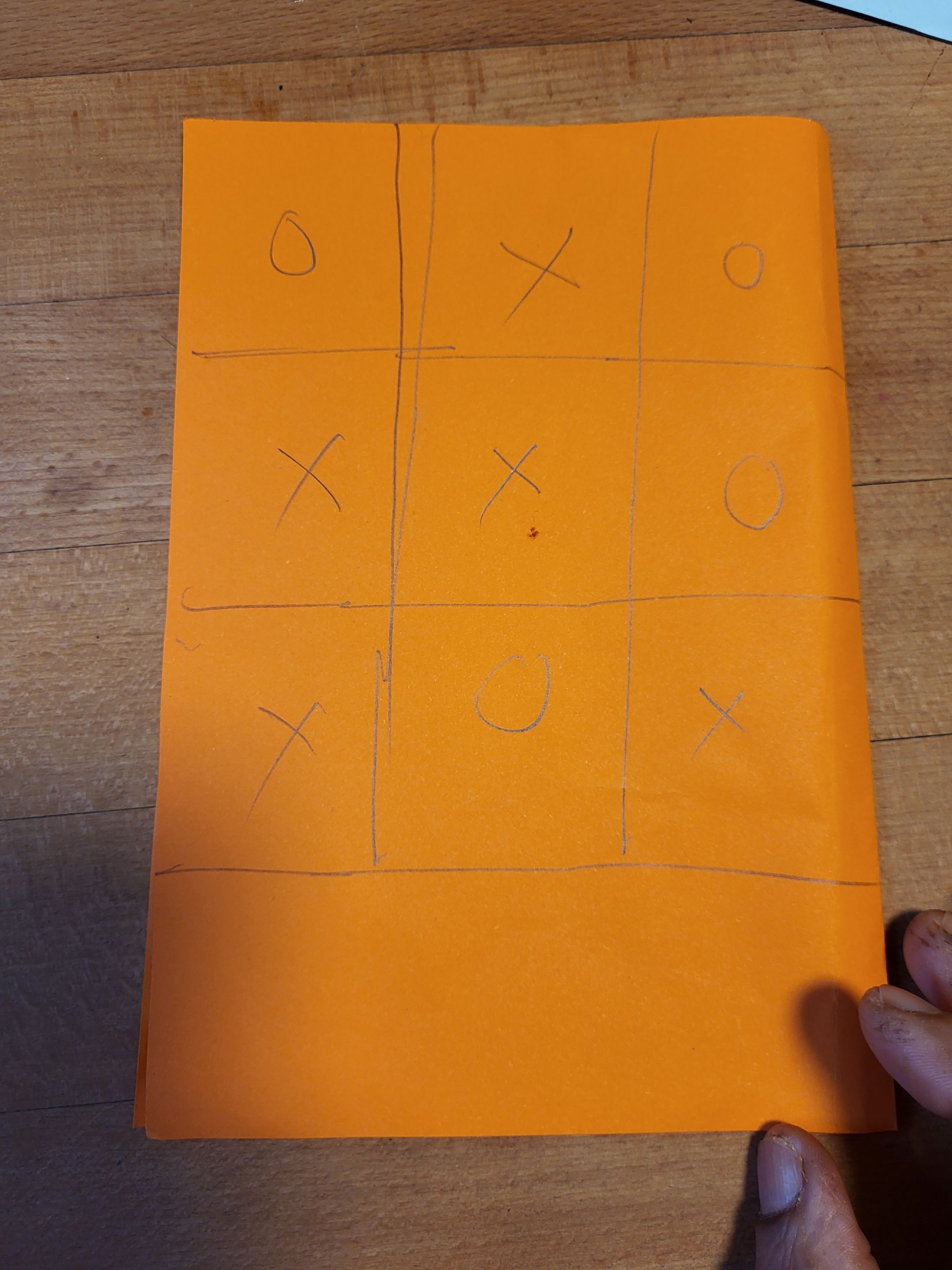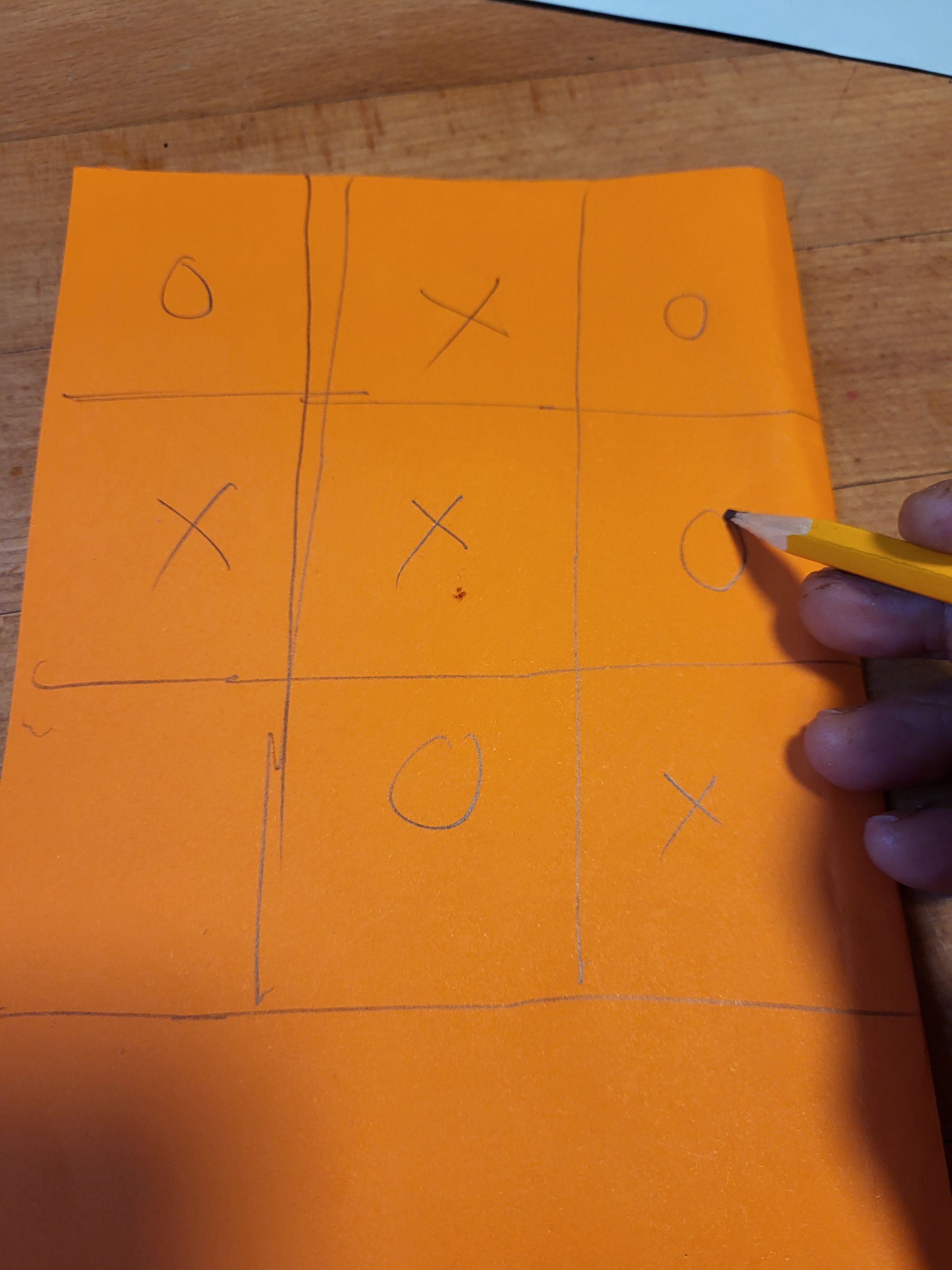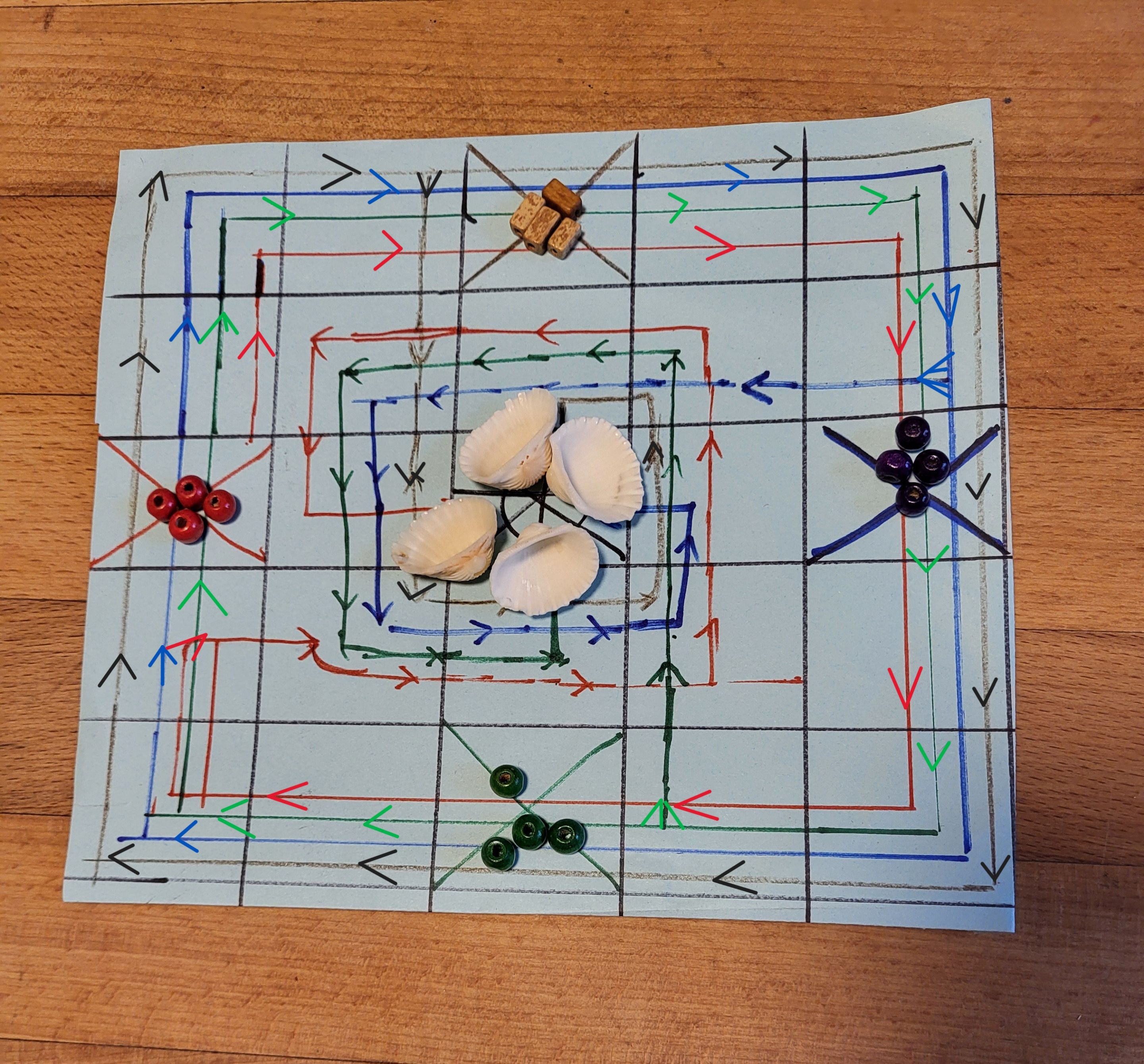
Chhakka Vnti
Hello, collective world, friends, and admin
@mipiano! The title may seem strange, but it’s true. The board games we played in childhood have remained in our minds. It was a small village in India in the 80s. Never saw any board game until 1995. Those board games we used to play they were collected in our heads. Whenever we go, we can draw them on flat surfaces, on paper, sand, or rock—using available materials like chalk, pencils, colored stones, or charcoal. For pawns, we often used stones, broken bangles, shards of glass, or beads. Instead of dice, we used seashells, collected from the leftovers of cooked clams and mussels.
This game is popular among both adults and children (aged 10 and above). Nowadays, it’s quite rare to see. Only older villagers play this game very seldom. It is called Chhakka Vnti, I am explaining it because this game never been mordenised or in west no body knowing what it is and how it plays.
Chhakka Vnti.
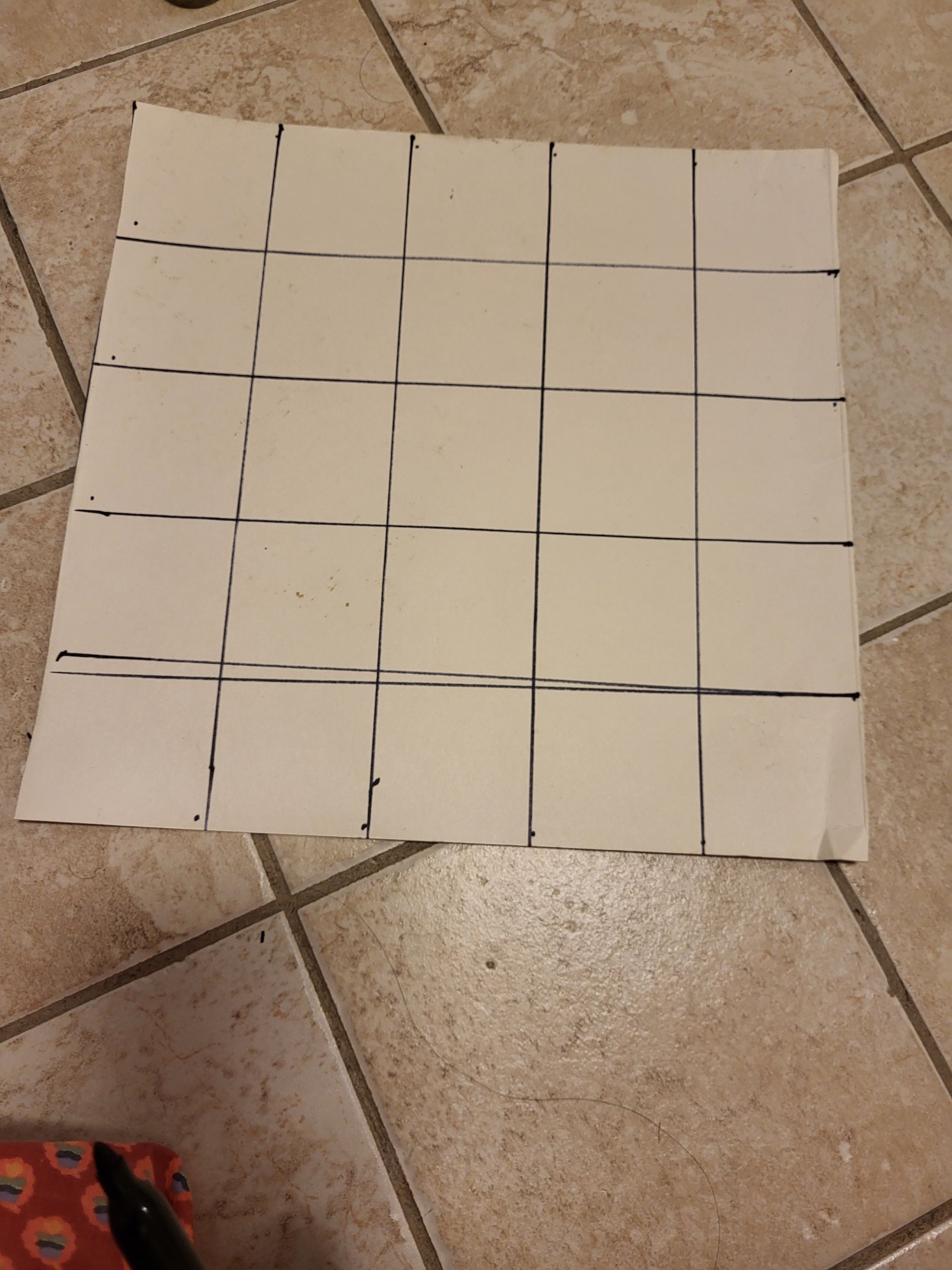
Anybody can draw a checkboard having 25 squares.

The center square is the final destination.
And each row has one house for pawns.
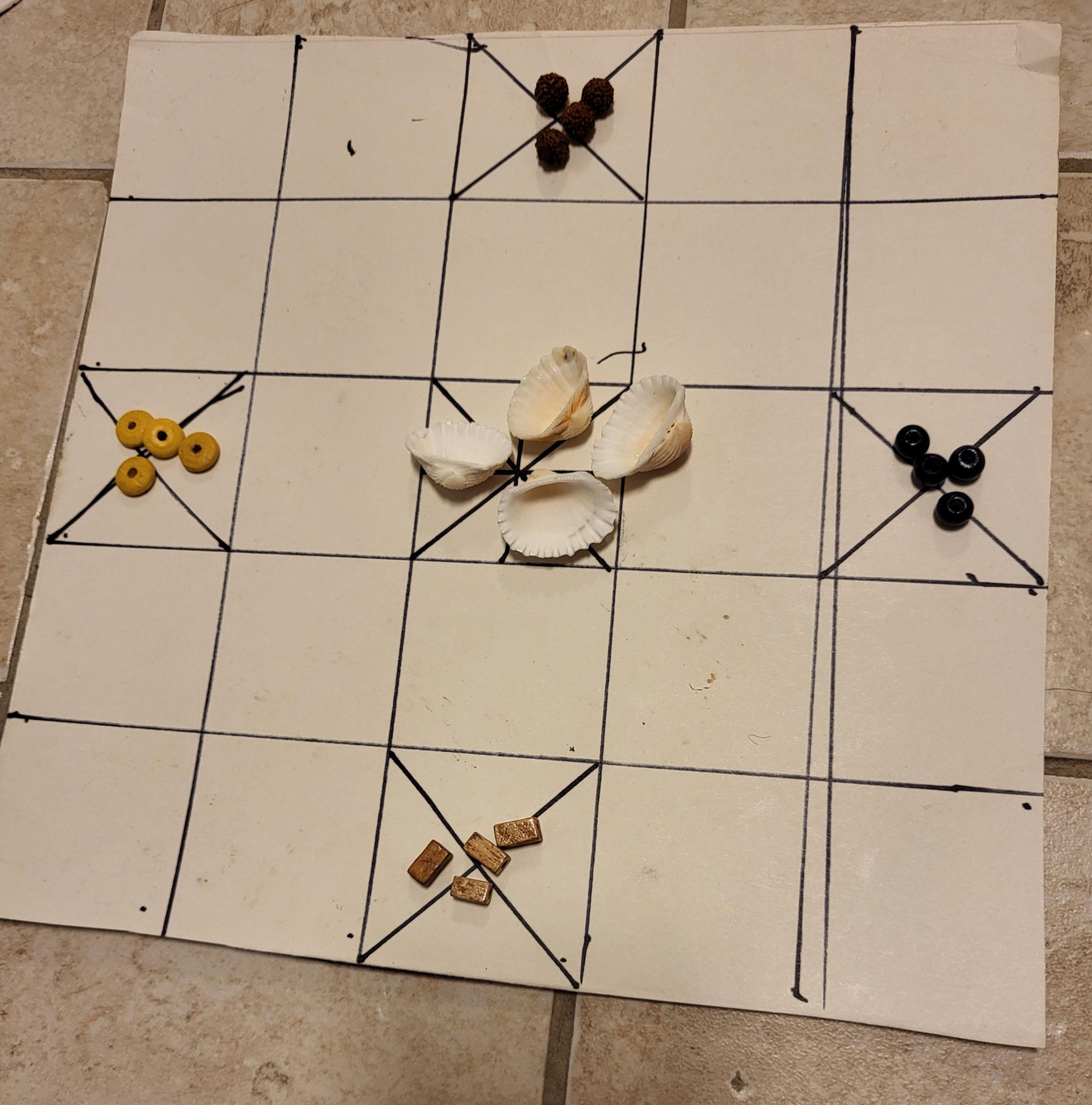
Each player should have four pawns of one color, and players can choose their color. I use yellow, brown, green, and blue, but I have changed them to different colors. For the dice, we use seashells, such as clam or mussel shells. Now I have fancy shells.
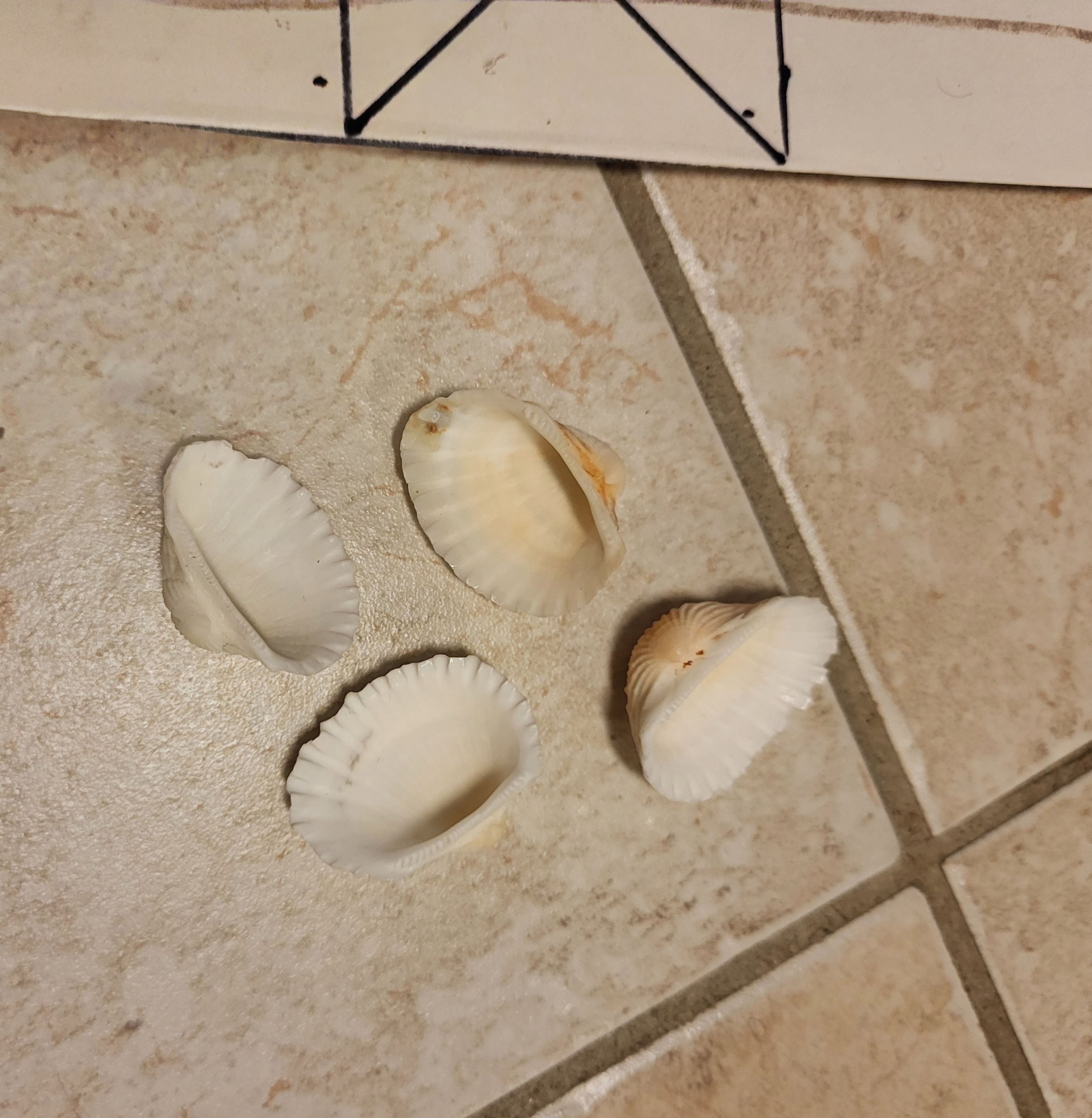
After throwing, if the dice land with the open side facing upward, it indicates that the player has four steps to take and an additional chance to roll the dice.
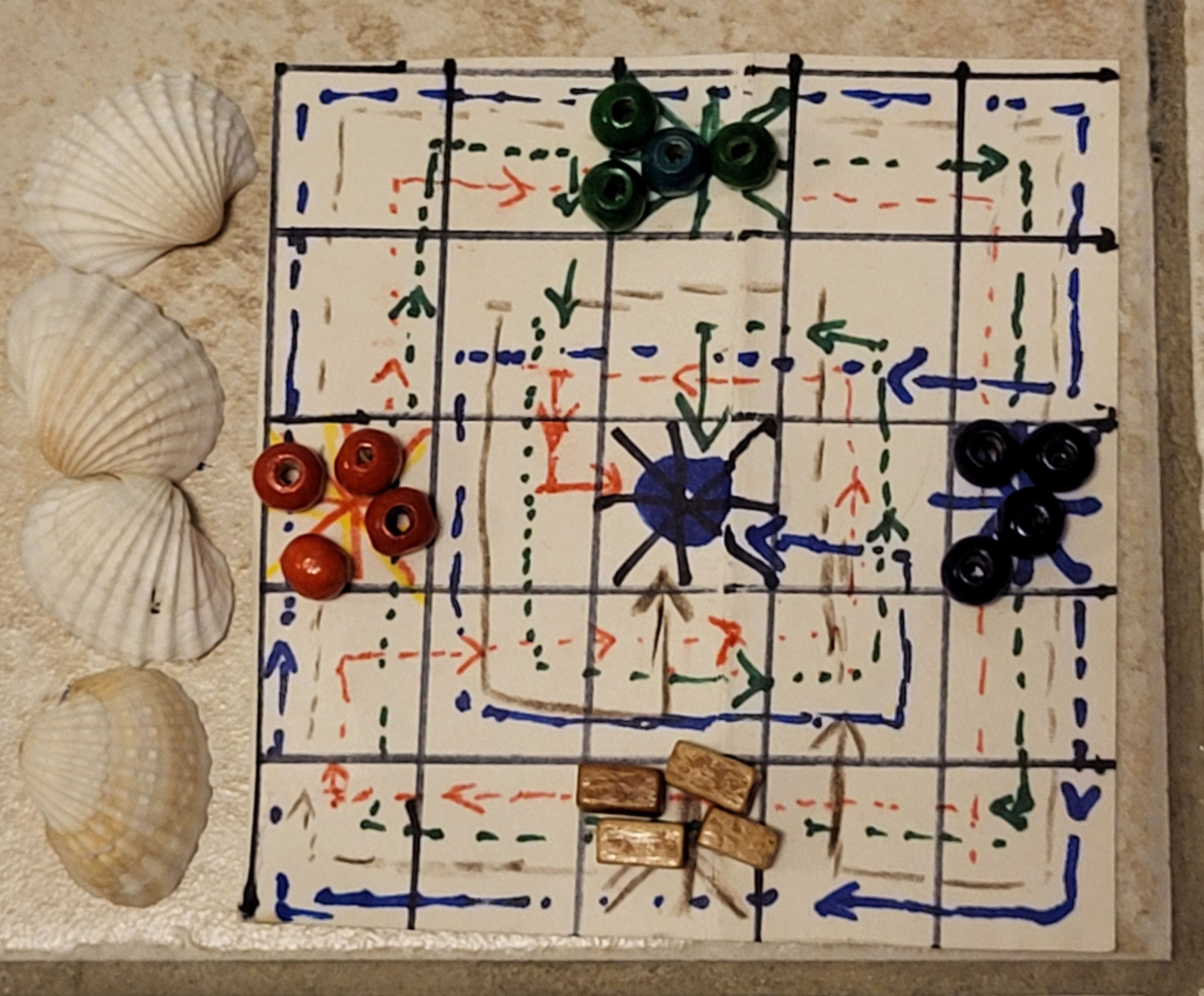
If all four downwards position means 8 steps to go and one more chance to roll the dice.
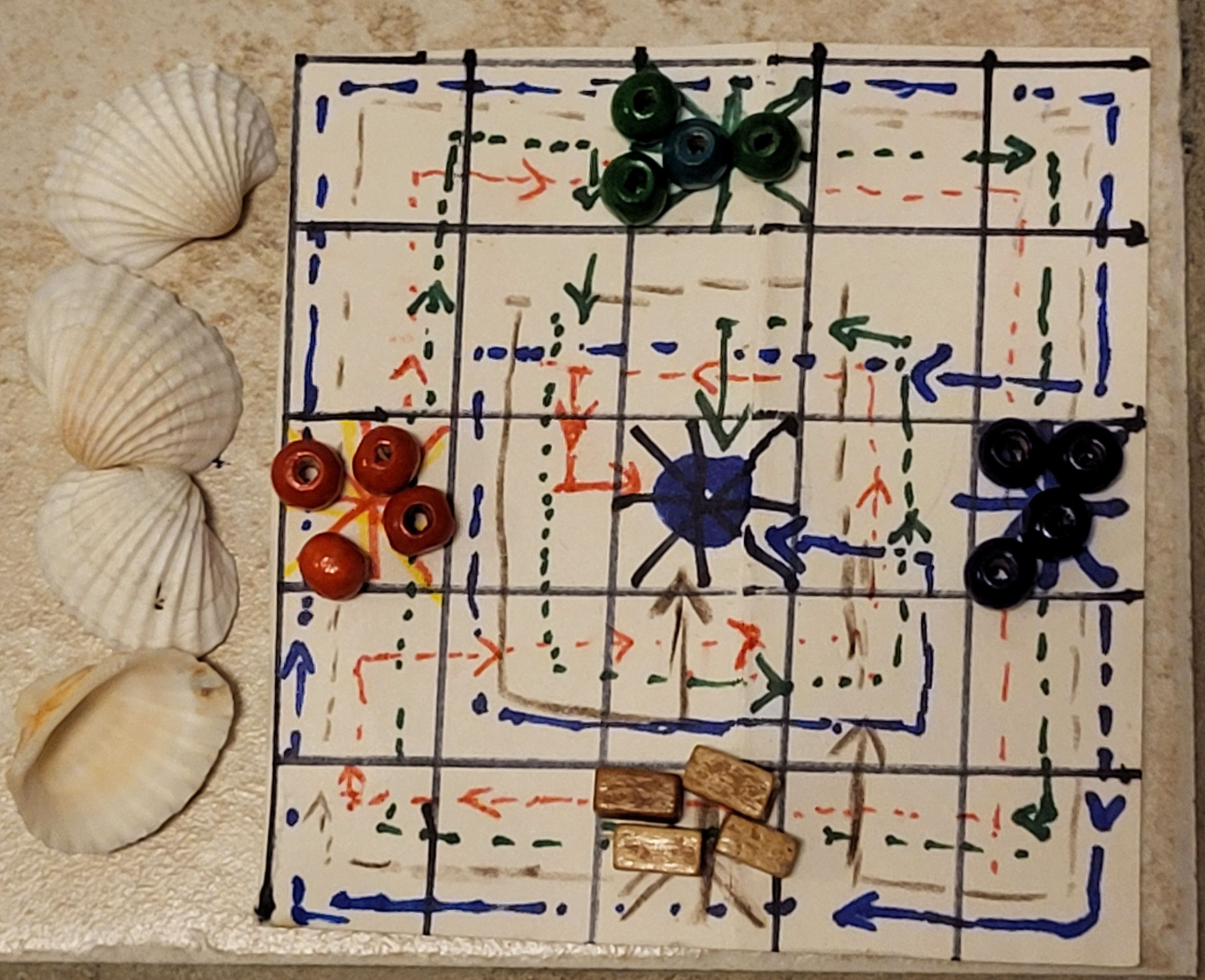
This is one step
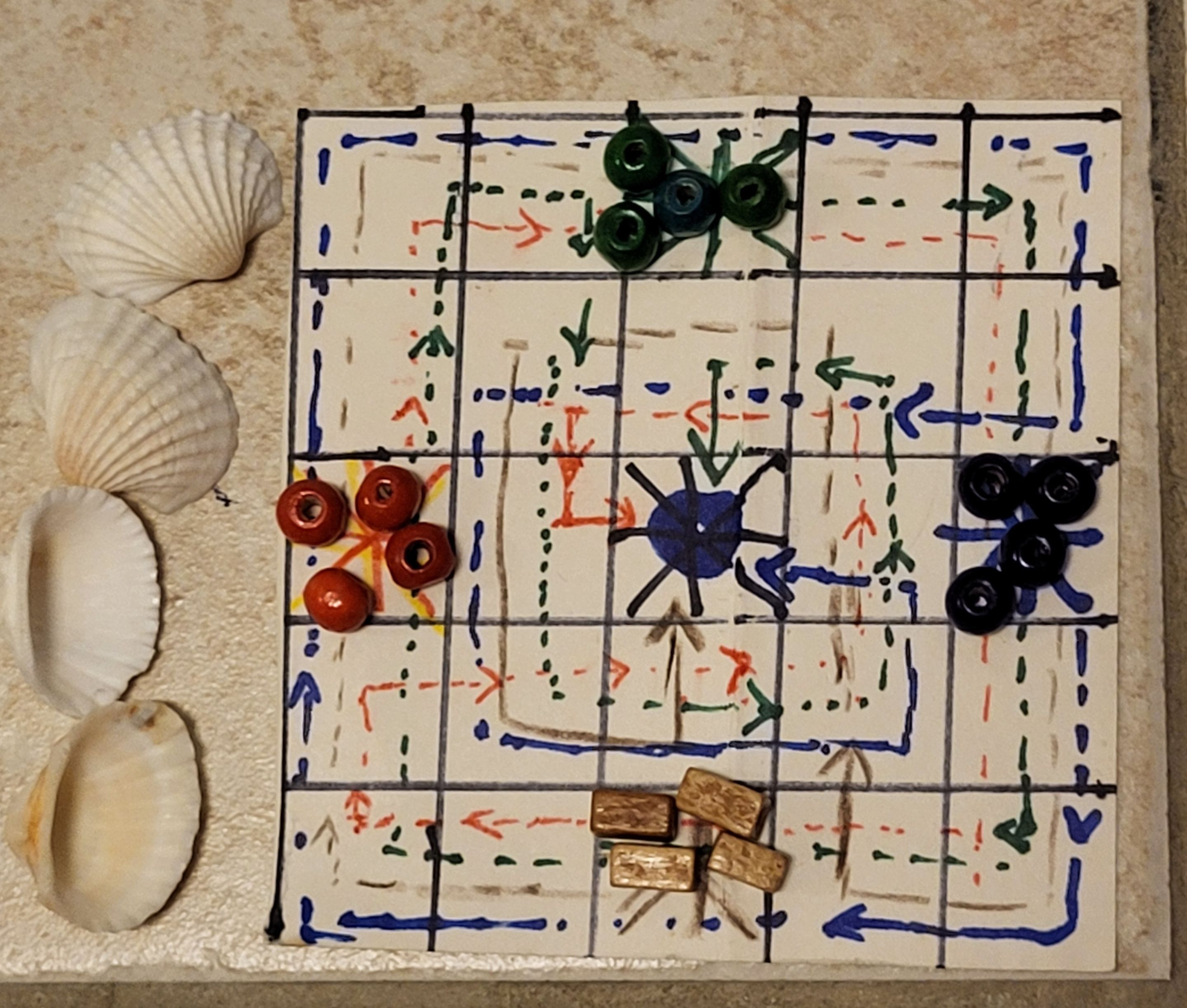
2 steps.
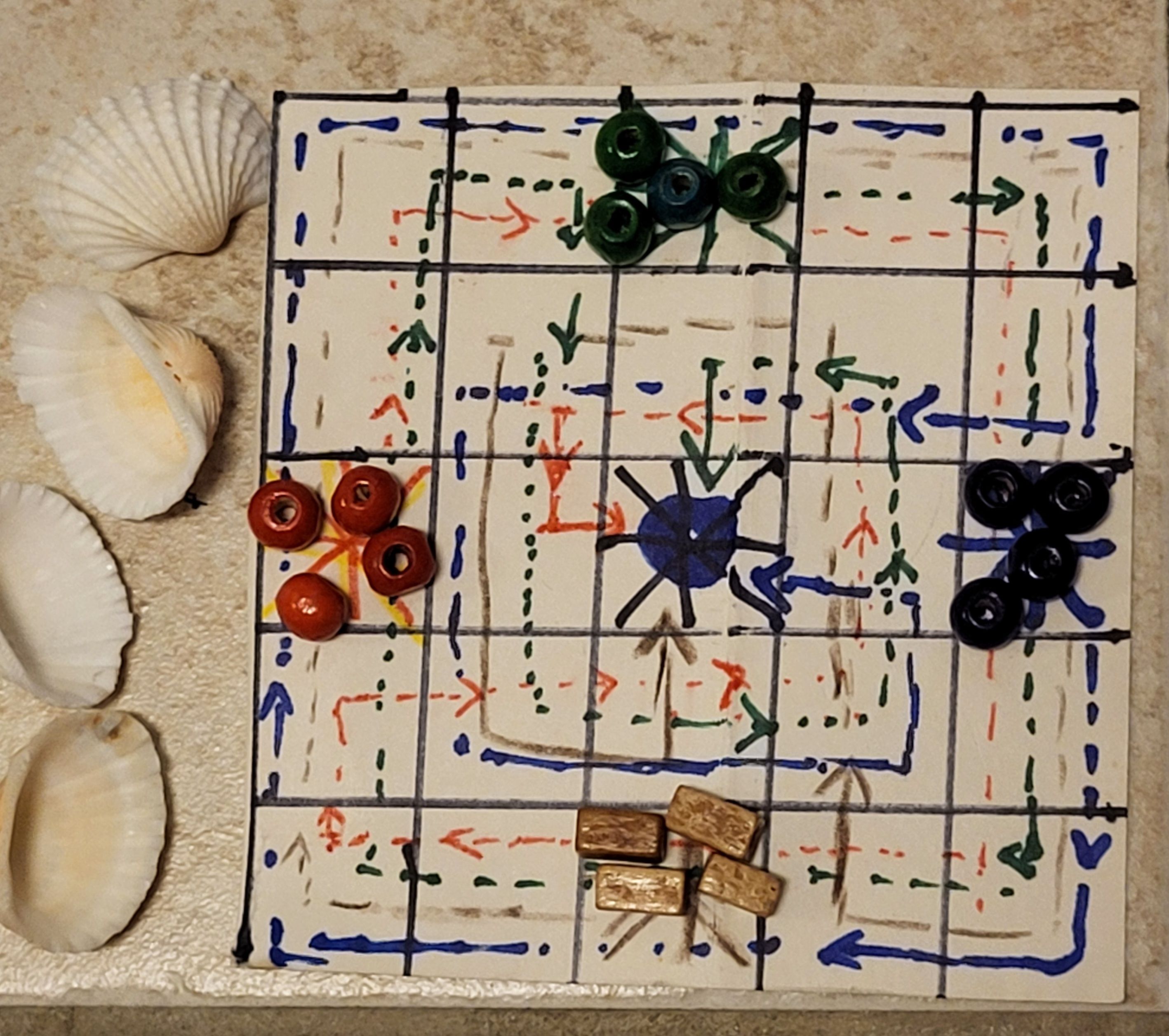
3 steps.
According to the dice roll, make sure your pawns move in the direction of the designated path. During the move, you need to defend and attack other pawns while progressing toward the final square, one pawn at a time. Once your four pawns reach the final square, you win. Three players have the chance to win, but the last player who is unable to reach the final destination may lose.
The second board game I use is Tic Tac Toe.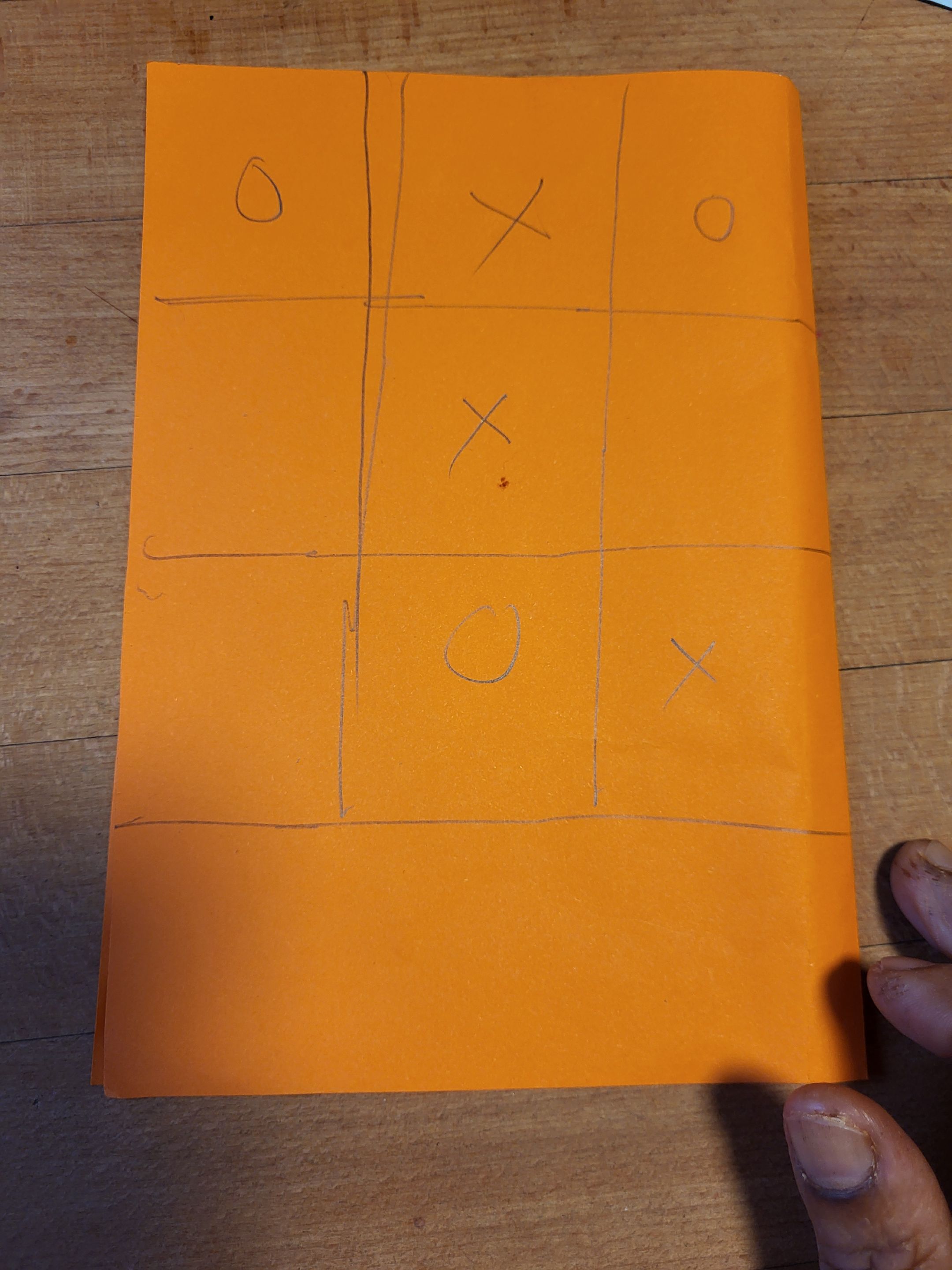
Just draw the squares on paper, use a pencil and eraser, and play until you get tired. Sometimes I play it alone.
My inspiration is Snakes and Ladders,
a traditional game, but at present, I don't have that board.
During my teenage years, I encountered many different board games, but one I particularly enjoyed was Snakes and Ladders. It felt motivational. I was preparing for very important examinations that are among the most competitive and challenging. Civil Service Examinations. One of my teachers frequently likened these exams to Snakes and Ladders. He explained that if you are well-prepared, you can climb the ladders all the way to the top, but a small mistake can send you into a snake’s mouth, which brings you all the way back to the bottom. The examination process felt very much like that.
I loved that game because I was always thinking about how to avoid the snakes.still i have it in my indian house. couldn't find it because we were preparing to travel back.
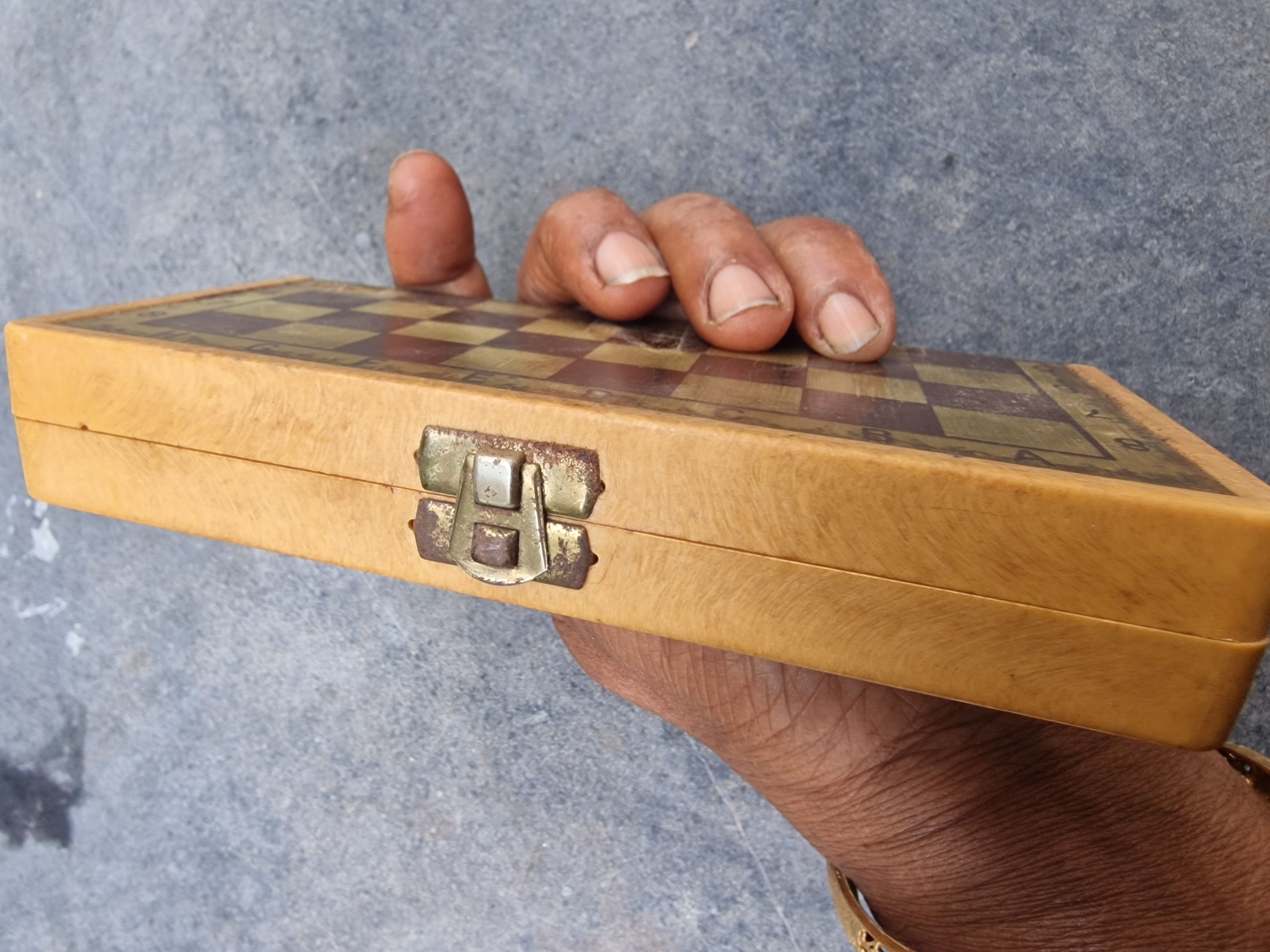
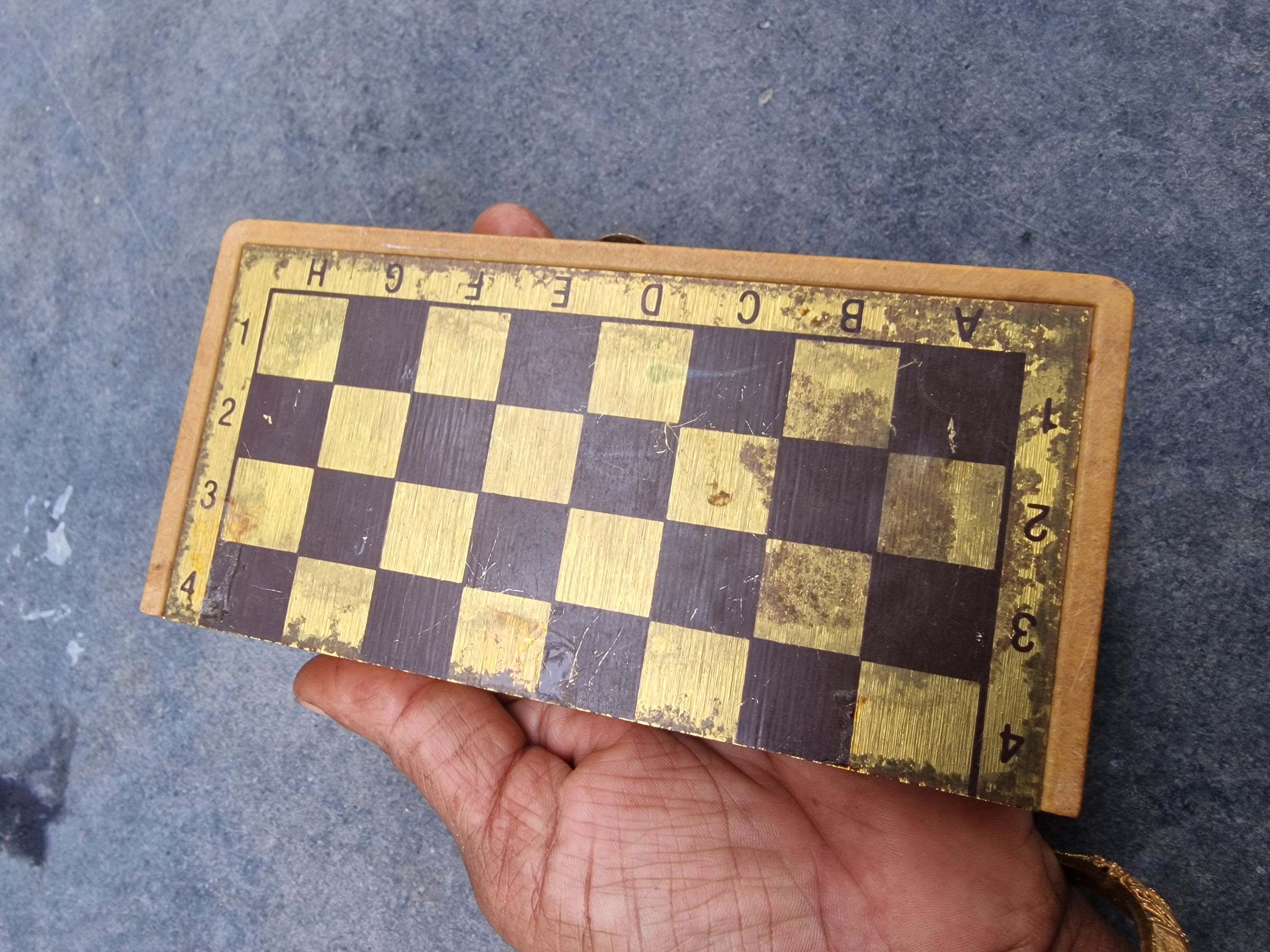
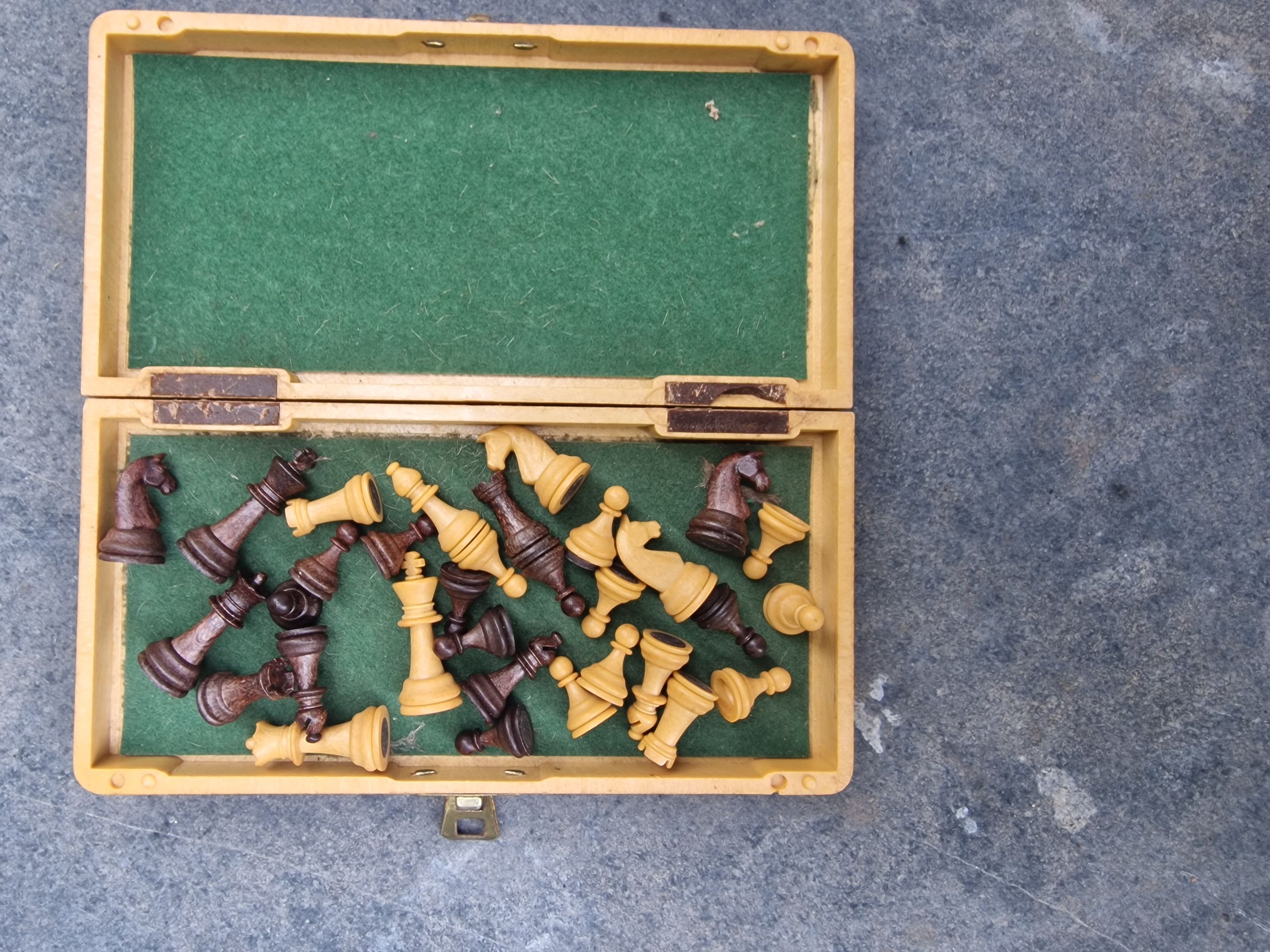
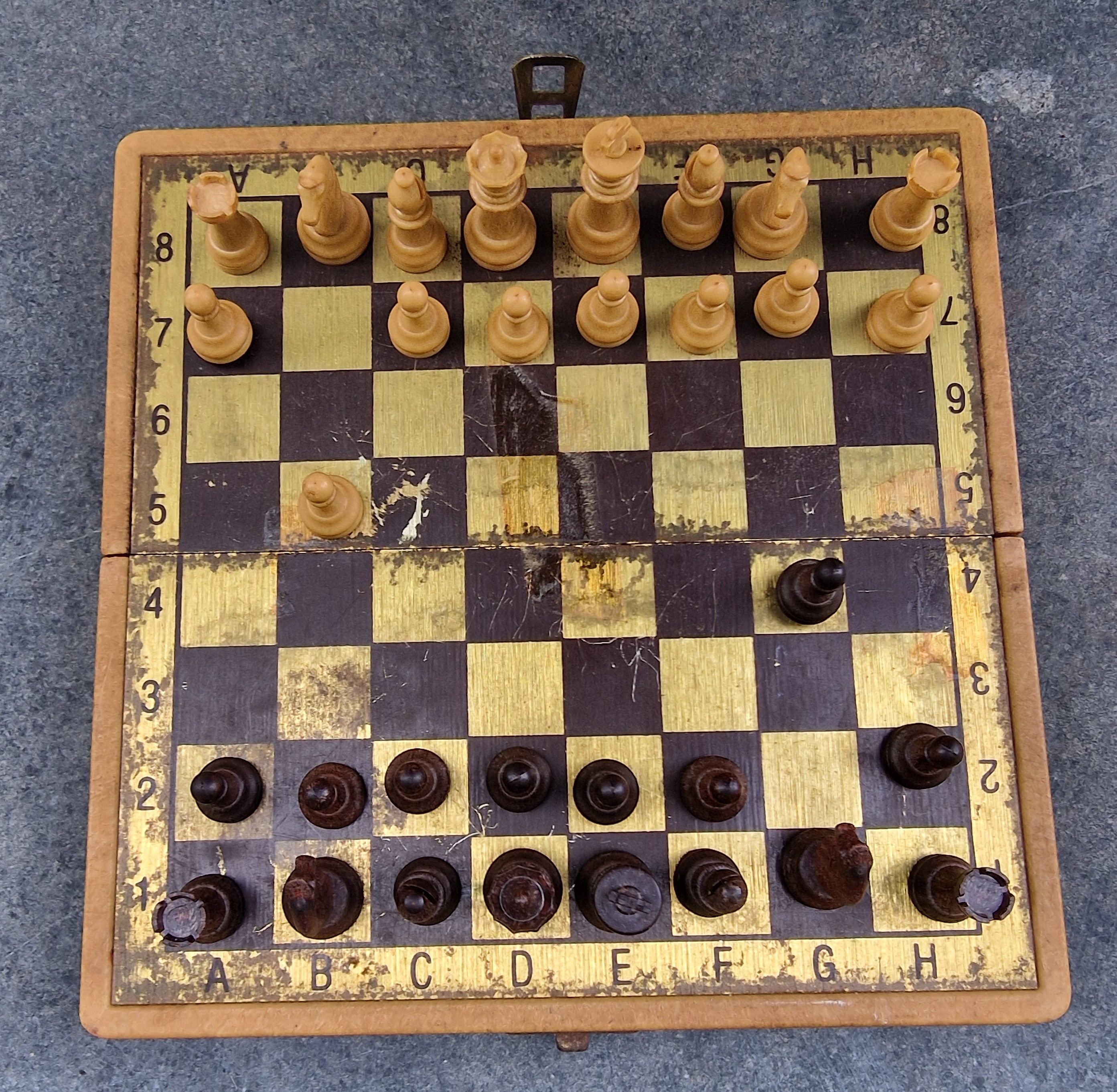
Some good memories.
The modern board game I received as a present from one of my patients, is traveling chess. It's very handy and practical due to its small size. I have used it a lot in the hospital and have been training my staff with it to encourage the company to play.
I also have many modern collections, as usual, like Scrabble and crosswords, cards which I think you are familiar with. However, this Indian game, Chhakka Vnti, will surely catch your attention; it will never get modernized. Just collected in the mind.
thank you for enjoying my post.
